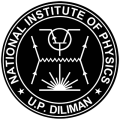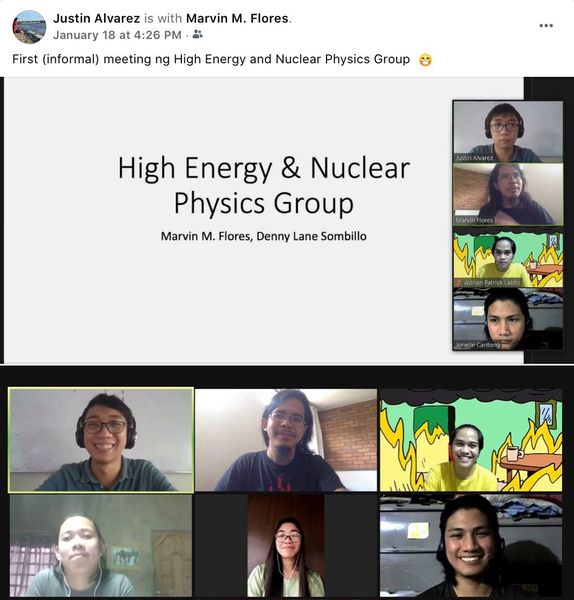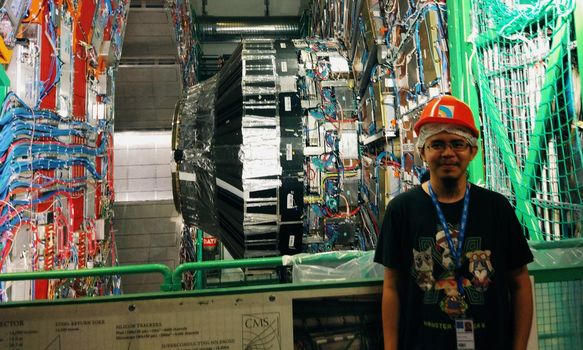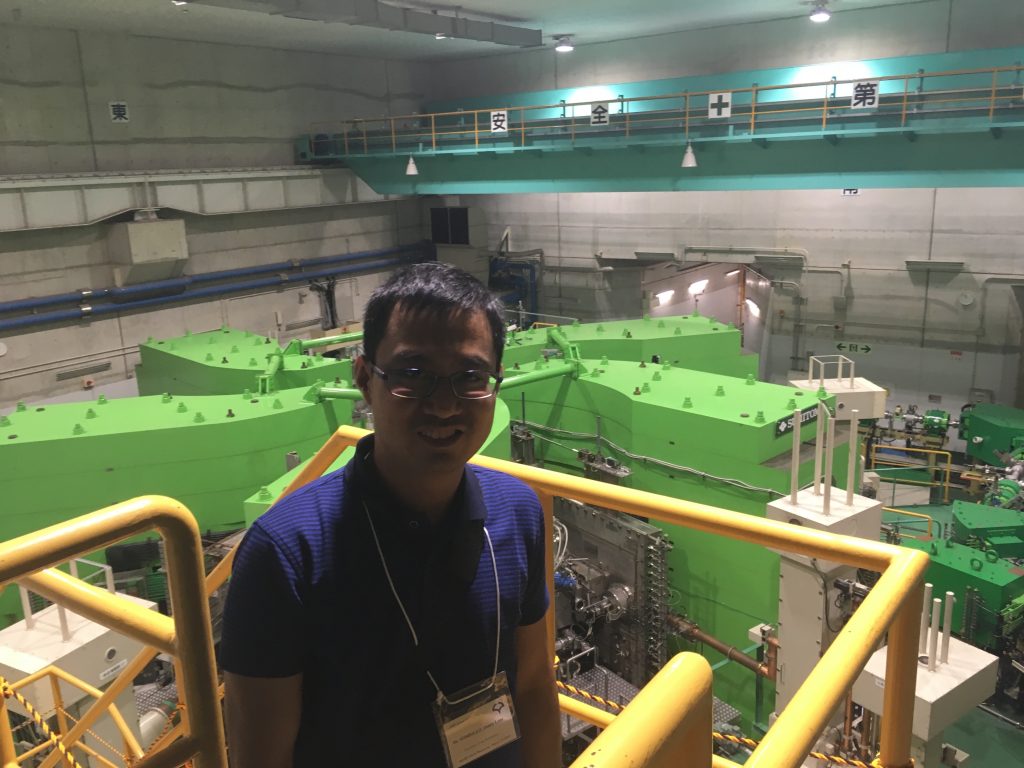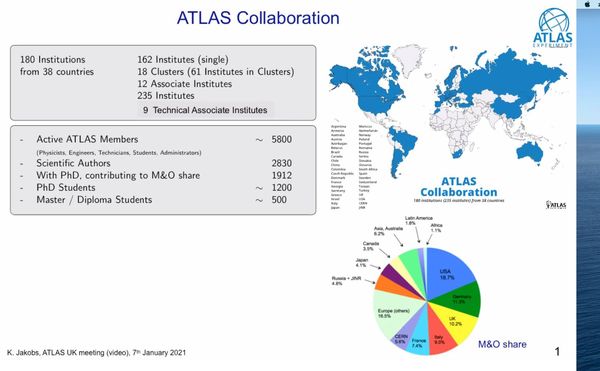(13 February 2021) Just shortly before Valentine’s day of the COVID era, the National Institute of Physics (NIP) became an Associate Member of the ATLAS collaboration at the Large Hadron Collider, which is run by the European Organization for Nuclear Research or CERN. This Associate Membership will give NIP scientists full access to data from the collaboration and allow the Institute to participate in various CERN-related projects. The acceptance of UP Diliman as Associate Institute to the South African Cluster in the ATLAS Collaboration was initiated through the partnership of NIP-UP Diliman with the University of the Witwatersrand.
The NIP effort within the ATLAS Collaboration will be centered on its new High Energy and Nuclear Physics group, which will be led by Dr. Marvin Flores and Dr. Denny Lane Sombillo. Both are currently postdoctoral researchers of the Institute for Collider Particle Physics at the University of the Witwatersrand, fondly referred to as “Wits” (Johannesburg, South Africa) and the Research Center for Nuclear Physics in Osaka University (Osaka, Japan), respectively. Their postdoctoral funding was partially supported by the Department of Science and Technology–Science Education Institute and the University of the Philippines Office of the Vice President for Academic Affairs.
As a postdoc at Wits, Dr. Flores has been closely working on particle phenomenology and ATLAS-related projects for several years. A proud native of Dumaguete City, Dr. Flores received his PhD in quantum entanglement theory from NIP and was awarded the College of Science Most Outstanding PhD Graduate. Shortly after, he would bravely answer the Institute’s call to rebuild its expertise in particle physics. This effort would be given a tremendous boost with his employment as a Postdoctoral Research Fellow by Prof. Deepak Kar, an Associate Professor at University of the Witwatersrand. (Dr. Flores would also receive generous financial support from the National Research Foundation of The World Academy of Sciences.) Under the expert tutelage of Prof. Kar and Dr. Jong Soo Kim (another Wits phenomenologist), Dr. Flores has steadily put in the necessary hard work towards retooling as a particle physicist. He has since published a number of excellent papers on supersymmetry (SUSY) and dark matter searches, and continues to work on other physics frameworks beyond the Standard Model (BSM) such as extra dimensions. Dr. Flores is eager to bring back his well-earned expertise and mentor future PhD students as an Assistant Professor of NIP, starting in August 2021.
Membership in the ATLAS Collaboration is not an easy feat. To ensure that its members can meaningfully contribute to collaboration efforts, aspiring members need to undergo a Qualification Task (QT) for one year during which he studies and eventually solves an open problem related to the ATLAS framework. A successful qualifier then becomes part of the list of authors of ATLAS journal publications. Before ATLAS even begins to consider a country’s application to join the Collaboration, that country must have at least one qualified (or about to qualify) ATLAS author. For the Philippines, this would be Dr. Flores.
Behind the scenes, the NIP Director, Dr. Wilson Garcia, played a key role in officially cementing its partnership with the ATLAS collaboration. “It would be nice to see the Philippine flag in CERN. Our membership in ATLAS and CERN will benefit not only particle physics people, but many other researchers with interests in machine learning and data science. After restarting the high energy physics research 5 years ago at NIP, this is a big step and we hope to eventually become a full member of ATLAS as we continue to grow the High Energy and Nuclear Physics group of the Institute,” quips Dr. Garcia.
As an Associate Member, the Institute assumes certain responsibilities and, as a participant, will go through regular checks to evaluate the group’s activities and overall contribution towards the experiment.
In the future, faculty and students of the NIP High Energy and Nuclear Physics group (and other Institute research groups) plan to continue searching for signatures of new physics and/or fundamental particles using state-of-the-art-methods such as jet substructures and other exotic final state topologies, as well as employing emerging tools like machine learning as applied to high energy physics, and possibly even extending their participation towards the detector area, e.g., with tile calorimeters.
“We have been hunting for new particles such as those derived from supersymmetry, extra dimensions or dark matter models but have not found anything since we discovered the Higgs,” says Dr. Flores. “However, we do know that there is something beyond the Standard Model so we just have to persevere and develop new methodologies, be it in the long-term construction of even more powerful colliders, or looking at BSM in clever ways. For example, maybe SUSY is already present in the current LHC data but ‘hides’ itself in plain sight, thus giving rise to the so-called Stealth SUSY models. We also have an ongoing project which unites two separate BSM models, that of the existence of a 4th generation quark on one hand, and the presence of a dark photon on the other, thereby creating a chimera BSM.”
The ATLAS experiment in CERN is being carried out to shed light on existing fundamental problems such as matter-antimatter asymmetry, the anomalous magnetic dipole moment, the strong CP problem, etc. To the uninitiated, the pursuit of these lofty endeavors can seem devoid of any “practical’’ applications, but the methodologies used to solve these problems can be extremely far-reaching. As a concrete example, the automated way by which physicists share information at CERN is what gave rise to the World Wide Web, a world-changing technological innovation that now benefits everyone — mostly non-physicists.
